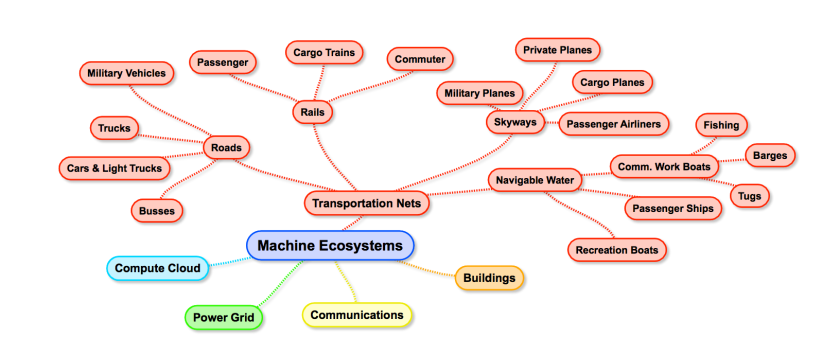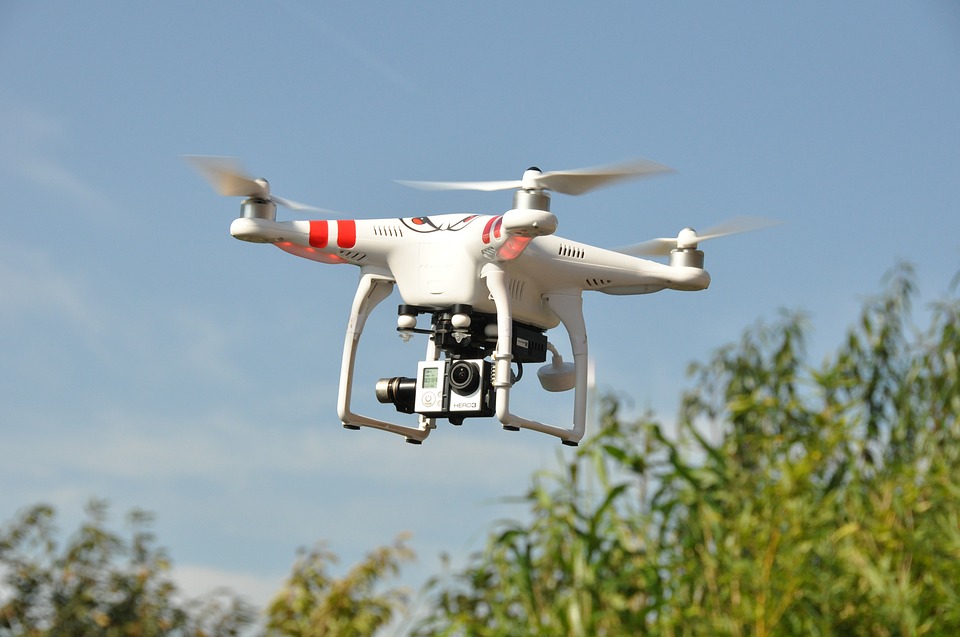Digital Twins enable testing of real world testing of complex systems. The concept of living test lab has been dream for testers. Digital Twins are not static, but allow for constant new input based on the real world from IoT sensors. Digital Twins make use of AI, Machine Learning, and IoT to simulate complex system behaviors. IBM is working in our labs and with our clients to find exciting new ways to use and create digital twins.
When flight first started, a man had to risk his life to test each innovation. An innovation had a high threshold since the bet was a human life. Eventually, engineers built wind tunnels where they could simulate the effect of the air flow over the plane. While it no longer was risking a life, it had limitations on size (can’t fit an entire 747 in wind tunnel), was artificial, and was costly. Also how do you simulate more complex events like sudden down drafts, lightening strikes, rough landings, wear and tear over years (metal fatigue, corrosion)? Now with digital twin, you can test the effect of changes to the digital twin of the airplane. We can run 100’s or 1,000’s of changes and combinations of changes to identify the impacts. Only the best of these changes will be put into use.
The while the changes put into use could be small, similar to agile built software application, they would add up to significant impacts. The feedback from the IoT devices in the real world will then update the digital twin allowing new sets of changes to be developed, deployed, and tested before the best combinations are rolled out in rapid succession. As most planes are now fly by wire and highly digital, incremental changes are possible to many of the systems. Today it might not be possible to reshape physical parts like wings, fuselage and rudders, but maybe in the future technologies could reshape the surface to change physical parts of the plane. Clearly there would need to be progression from test bed, to unmanned, to test flights before it went into passenger aircraft, but the rate of innovation in safety related industry goes up by orders magnitude and the risk and costs come down proportionally, too.
The ability to try millions and even billions of combinations in each digital twin is not yet possible as it would overwhelm the compute power of traditional binary computers. The rapidly evolving Quantum Computer may provide the power required to make machine learning nearly unlimited in capacity enabling deep learning and unlimited numbers of combinations of factors in our digital twins. You can even try out quantum for yourself in IBM’s DevOp environment – bluemix.
Benefits of digital twins can apply to almost any machine, group of machines, or ecosystem of lots of groups of machines. I wonder if in the future, a quantum digital twin could be more complex and subtle in its simulation than the real world. As of today, our models of reality pale in complexity to the real world. Below is simply mind map machine systems with a focus on transportation machines. It shows how digital twins can use data from other digital twins. It is model composed of multiple models.

How could a digital twin help your industry? How can you take advantage of a digital twin to improve the quality of life and leverage the vast amount of data pouring out from mushrooming number of IoT sensors? It is an exciting problem to explore with real business implications.






